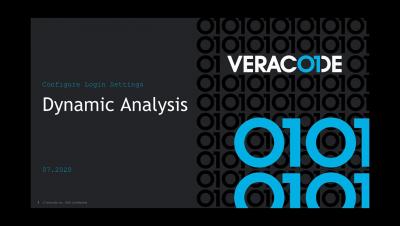The importance of cyber training for remote workers
Working remotely has its own personal challenges in terms of productivity: between the cat walking across your keyboard and the kids dropping in on your Zoom meetings, workers across the globe have had to adjust to doing their job in a different way. Organisations also had to swiftly transition to employees working remotely, and this has introduced a new set of risks from a cyber security perspective.









